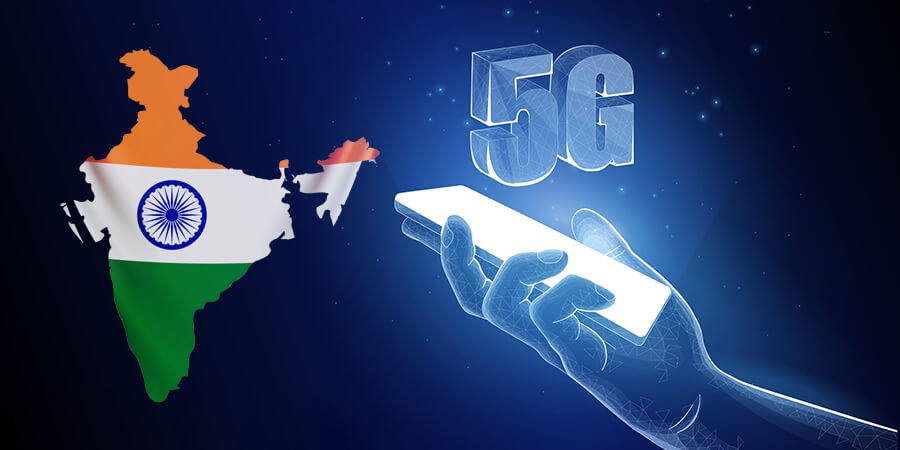Ericsson's latest Mobility Report reveals that the global growth of 5G technology is still ongoing, with India leading the way. Despite challenges in some markets, communication service providers worldwide are investing in 5G, and the report predicts that there will be over 1.5 billion 5G mobile subscriptions globally by the end of 2023.
The report's focus on India is gaining attention in the country's press, as the launch of 5G services in October 2022 has led to significant network deployments under the Digital India initiative.
By the end of 2022, India had around 10 million 5G subscriptions, and it is predicted that by the end of 2028, 5G subscriptions will make up about 57% of all mobile subscriptions in the country. This makes India the fastest-growing 5G region in the world.
Currently, Reliance Jio and Bharti Airtel are deploying 5G standalone and 5G non-standalone networks, respectively. Both companies plan to finish the rollout by late 2023 or early 2024, according to India's Economic Times.
Ericsson reports that in India, the primary uses for 5G are enhanced mobile broadband (eMBB) and fixed wireless access (FWA). However, Ericsson has adjusted its global 5G subscription forecast due to delayed spectrum auctions and challenging economic conditions. The new projection estimates that there will be 4.6 billion 5G subscriptions worldwide by the end of 2028, accounting for over 50% of all mobile subscriptions.
During Q1 2023, subscriptions for 4G increased by 59 million, reaching a total of 5.2 billion. However, it is expected that these numbers will start to decline as subscribers switch to 5G.
Currently, there are approximately 240 communication service providers worldwide that have launched commercial 5G services, with 35 having deployed or launched 5G standalone.
The report states that the most common 5G services offered by service providers to consumers are eMBB, FWA, gaming and some AR/VR-based services, such as training and education.






